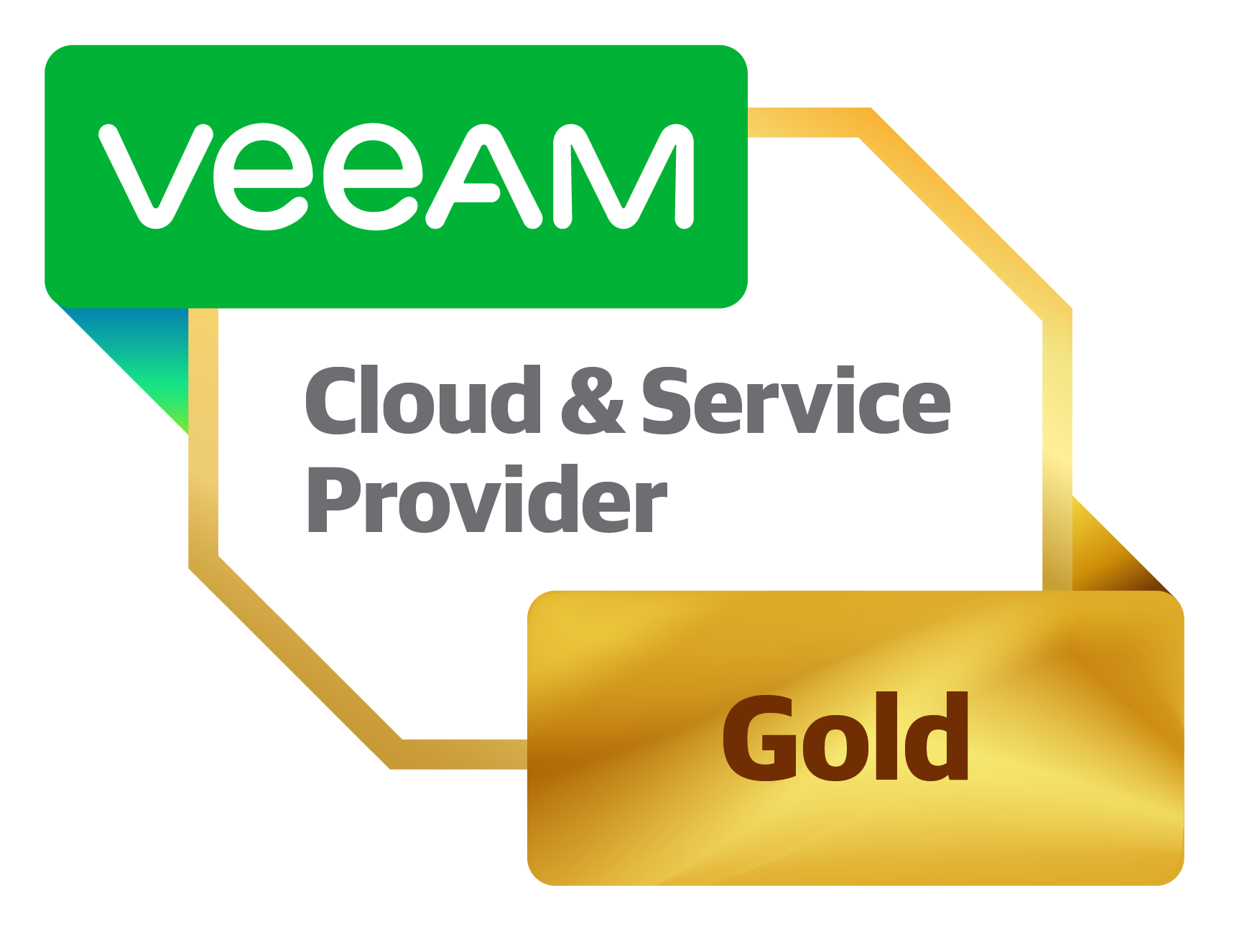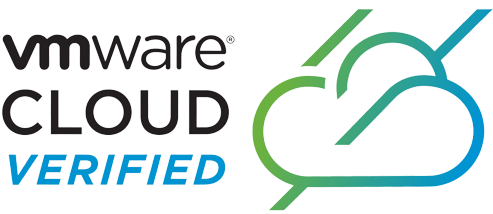Cloud computing – the delivery of computing services over the internet – has become the cornerstone of modern IT infrastructure, providing organisations with unparalleled scalability, flexibility and cost-efficiency. When considering Cloud adoption, one of the critical decisions that businesses face is choosing the appropriate Cloud architecture: private, public or hybrid, with each architecture offering distinct advantages and considerations.
According to our recent ‘South African Cloud Survey (May 2023)’, which presents information about the local adoption and use of various Cloud services, organisations in South Africa are increasingly using a hybrid Cloud model (both public and private Cloud) and a multi-Cloud model (using more than one Cloud platform), which is in line with global trends.
The survey notes: “Overall, close to 70% of the respondents use the hybrid model. This varies somewhat by the size of the organisation, with large companies more likely to use a hybrid model (74%) and SMEs at 63%. The propensity to adopt public Cloud only is low due to security concerns. Security remains a major challenge to public Cloud adoption, globally as well as in SA. Understandably, smaller companies tend to use the public Cloud only model to a greater extent, but also only at 12% of the survey respondents.”
In this article, we explore the factors to consider when choosing between private, public or hybrid Cloud architectures for your systems.
Private Cloud: Control and Customisation
Private Cloud architecture refers to dedicated infrastructure operated solely for a single organisation. It offers maximum control, security, and customisation, making it suitable for organisations with stringent compliance requirements, sensitive data or unique infrastructure needs. Private Clouds are typically deployed on-premises or hosted by a third-party provider.
Advantages:
- Enhanced security and data control;
- Customised infrastructure tailored to specific business needs; and
- Greater compliance adherence.
Considerations:
- Higher initial costs and ongoing maintenance;
- Limited scalability compared to public Cloud; and
- Requires dedicated IT resources for management and operation.
Public Cloud: Scalability and Cost Efficiency
Public Cloud architecture is based on shared infrastructure and services provided by a third-party Cloud service provider. It offers virtually unlimited scalability, cost efficiency and ease of use. Public Cloud services are accessible over the internet, allowing organisations to rapidly provision resources and pay for what they use.
Advantages:
- Scalability on-demand to meet fluctuating workload requirements;
- Cost-effective pay-as-you-go pricing model;
- Minimal upfront infrastructure investment; and
- High reliability and global availability.
Considerations:
- Less control over infrastructure and security;
- Potential for vendor lock-in; and
- Regulatory compliance challenges for specific industries.
Hybrid Cloud: Flexibility and Workload Optimisation
Hybrid Cloud architecture combines elements of both private and public Clouds, enabling organisations to take advantage of the best of both worlds. It allows seamless integration and movement of workloads between private and public Clouds, optimising resource allocation and offering flexibility in managing different data types.
Advantages:
- Flexibility to choose the most suitable environment for different workloads;
- Ability to scale resources dynamically;
- Enhanced data protection and disaster recovery capabilities; and
- Compliance adherence through isolation of sensitive data on private infrastructure.
Considerations:
- Complex integration and management;
- Requires careful workload planning and data synchronisation; and
- Potential for increased network and data transfer costs.
Factors to Consider
- Workload Requirements: Assess the nature of your workloads, their sensitivity, performance requirements and scalability needs. Some workloads may benefit from the control and customisation offered by a private Cloud, while others may thrive in the scalable and cost-efficient environment of a public Cloud.
- Security and Compliance: Evaluate your security and compliance requirements. If your industry has strict regulations or deals with highly sensitive data, a private Cloud might be the preferred choice. Public Cloud providers have robust security measures, but for complete control, a private or hybrid Cloud may offer better compliance adherence.
- Cost and Budget: Consider your budget constraints and cost optimisation goals. Public Clouds offer cost-effective pay-as-you-go pricing models, while private Clouds may require substantial upfront investments. Hybrid Cloud architectures provide flexibility to optimise costs by placing workloads where they are most cost-efficient.
- Scalability and Performance: Evaluate your scalability needs and the expected growth of your systems. Public Clouds excel in providing scalability on-demand, whereas private Clouds may offer greater performance for specialised applications with unique requirements.
- Data Governance and Control: Determine the level of control and governance you require over your data. Private Clouds offer maximum control and data sovereignty, while public Clouds require relinquishing some control to the Cloud service provider. Hybrid Clouds provide a balance by allowing you to keep sensitive data on-premises while leveraging public Cloud benefits for other workloads.
Choosing the right Cloud architecture is a strategic decision that can have a significant impact on your organisation’s operations, performance and cost efficiency. By carefully evaluating workload requirements, security and compliance needs, cost considerations, scalability requirements, and data governance preferences, businesses can make informed decisions about private, public or hybrid Cloud architectures.
As outlined within our survey: “The level of cloud usage varies among organisations. Organisations that are heavy users have migrated at least 75% of their workload to the cloud. Moderate users are those organisations that have migrated 25% to 75% of their workloads to the cloud, while light users have migrated less than 25% of their workload into cloud. Notably, just 10% of the respondents consider themselves to be light users of cloud services. This demonstrates the growing need for cloud services and the increasing adoption of cloud.”
Flexibility, agility and alignment with business goals should guide your choice as you embark on your Cloud journey to unlock the transformative power of Cloud computing.
Please click here to access the ‘South Africa Cloud Survey Report (May 2023)’ and find out more on current local Cloud migration trends. The survey was undertaken by Nymbis Cloud Solutions in partnership with Veeam and Africa Analysis.








